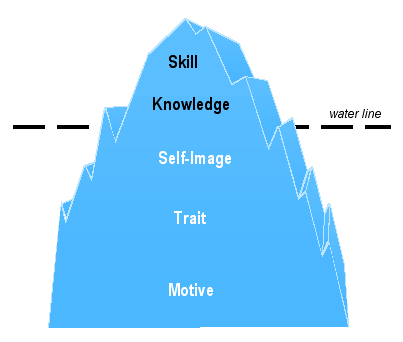 |
|
|||||||||||||||||||||||||||||||||||||||||||||||
|
Competencies in Action: A Tale of Two Doctors From reading More About Competencies you now have a better understanding of what competencies are about. The following example illustrates how competencies can be put to work in hiring decisions. Doctor A and Doctor B Let’s suppose you are director of a large hospital. You have two positions to fill, one for a pediatrician and the other for the head of a pediatric research center. You have received the resumes of Dr. A and Dr. B. You observe that these two candidates look similar: each has 20 years experience in pediatrics and is Board Certified.
What else would you like to know in order to determine which of these candidates is best for the research center and which one is best for the pediatrician position? What additional qualities would an outstanding pediatrician have? What would be important qualities for the head of a pediatric research center? We have used this exercise many times in training sessions. Participants in typically describe the ideal qualities for a pediatrician as something like these:
And for the pediatric research center head these qualities are most often championed:
No doubt you could add to these lists. Once you know what is required for excellence in each of these positions, how can you ascertain whether Dr. A or Dr. B meet the requirements for either of your openings? Let’s suppose that you interview both candidates. By asking questions about past work-related situations, you are able to discern that the doctors demonstrated the following competencies*:
Given this additional information, which of these doctors would you choose for the pediatrician role and which for the head of the pediatric research center? Our groups easily and consistently chose Dr. A for the research center leadership role and Dr. B for the pediatrician role. In this case, competency-based interviewing gave the interviewer the additional information about characteristics vital to success in the specific job. The process provided a method of choosing among candidates whose resumes might otherwise appear similar. In this way competency-based practices provide a power and precision to support success for people and their organization.
Note that the competencies listed above cover most–but not all–of the qualities listed above. "Ability to raise money" and "availability," for example, don't directly translate into behavioral competencies, but could be assessed by asking other relevant questions.
|
|||||||||||||||||||||||||||||||||||||||||||||||
|
Send
comments to |
|
What
is CompQuick?
| What
are Competencies?
| |
|||||||||||||||||||||||||||||||||||||||||||||||
